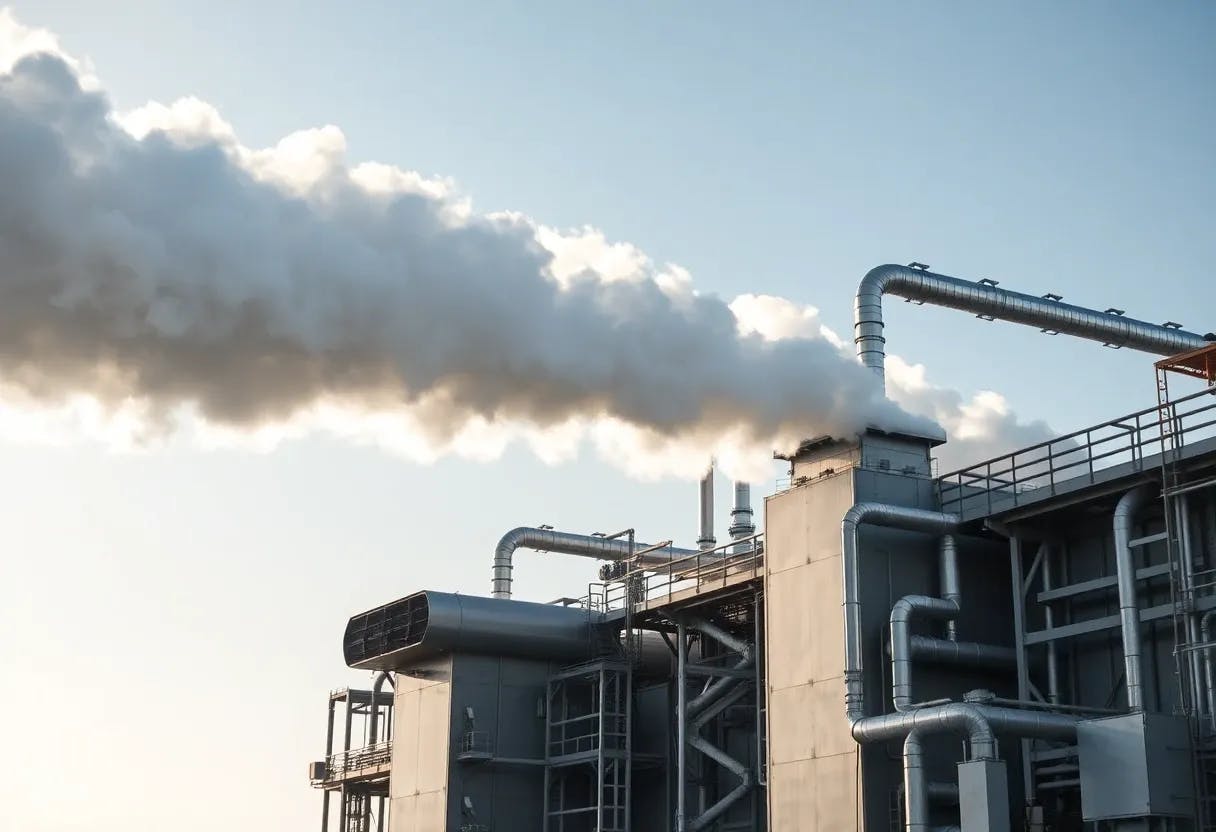Zap Energy shared news that its fusion device has generated a pressure that’s roughly 10,000 times the atmospheric pressure at sea level, or 10 times the pressure at the bottom of the Pacific Ocean’s Mariana Trench.
“This is a proof of principle that was designed to hit a particular set of milestones and to validate the principle, and it did that with flying colors,” said Ben Levitt, Zap’s head of R&D.
The Everett, Wash., company is in a race to efficiently smash together light atoms, simulating the reactions that fuel the sun. To do that on Earth, physicists need to create super hot temperatures and incredibly dense conditions and sustain that long enough for fusion to take place, releasing energy that can be captured and put on the grid.
Zap also shared that next month it will commission its fifth fusion device to continue testing and optimizing the different systems required by the technology. The new machine will be called FuZE-A.
The company is still operating two other machines, the FuZE-Q and FuZE-3, which is the device that hit the new pressure milestone.
“We can design and build one in half a year,” Levitt said of the fusion machines. “And that’s what our superpower is — this rapid iteration that we have at our fingertips.”
Different paths to fusion

Dozens of companies globally are trying to unlock fusion energy, which has eluded humanity for decades. But physicists are closer than ever to seizing the so-called Holy Grail of clean power, which is in great demand from tech companies running data centers and AI computations, as well as electrified transportation, industrial processes and building cooling and heating.
Physicists are chasing fusion with different kinds of reactors in various configurations using high-powered magnets and lasers to create and hold plasmas, which are super heated gases needed for fusion. Zap’s solution is to run a high current through the plasma in its reactor, which produces a magnetic field called a Z-pinch that contains and compresses the matter.
Helion Energy, a competitor located a short drive from Zap, is taking a different scientific strategy for fusion. It’s building larger fusion generators and has broken ground on a commercial facility in Eastern Washington that is supposed to begin operating in 2028, but essential technical hurdles still must be overcome.
Helion has been largely secretive in its efforts, citing concerns about thefts of intellectual property, while Zap has emphasized a more transparent approach to sharing its science and progress.
Data and progress

Zap will present data on its new 1.6 gigapascal pressure milestone at the American Physical Society Division of Plasma Physics meeting held this week in Long Beach, Calif., and later submit the research to a peer-reviewed journal.
“We’re going to share it in front of the entire fusion science community and in gory detail,” Levitt said. “So it’s not hot air, it’s hot plasma.”
Zap will also disclose details to the U.S. Department of Energy, which in 2023 selected the company to participate in the Milestone-Based Fusion Development Program. The company has also raised $330 million from investors and is No. 12 on the GeekWire 200, which ranks the Pacific Northwest’s top startups.
The recent milestone was achieved by splitting one of the two electrodes in the fusion generator that provide the energy needed to create and contain the plasma. The third electrode gave the device a new, metaphorical “knob” to turn, allowing the machine to crank up compression of the plasma.
The pressure achieved was 10-fold higher than previous efforts and tracks with the largely exponential gains that new iterations of the technology have produced at Zap.
But orders of magnitude of additional improvement are needed to reach the state where the system produces enough energy to feed the electrical grid.
Levitt said it’s hard to say when that could happen as the gains in the system aren’t linear but arrive in punctuated leaps forward. He hinted that scientific breakeven — getting more energy out of the fusion reaction than went into it, but not enough for power production — is possible by the end of the decade.
The new milestone is “great progress” but the work isn’t done, he said. “We’re not waving our flag and resting on our laurels.”
Below: A Zap video from a high-speed camera that captures a flash of plasma formed inside the FuZE-3 device. The camera is pointed straight toward the column of fusion plasma and the compression wave is visible as it collapses inward.












